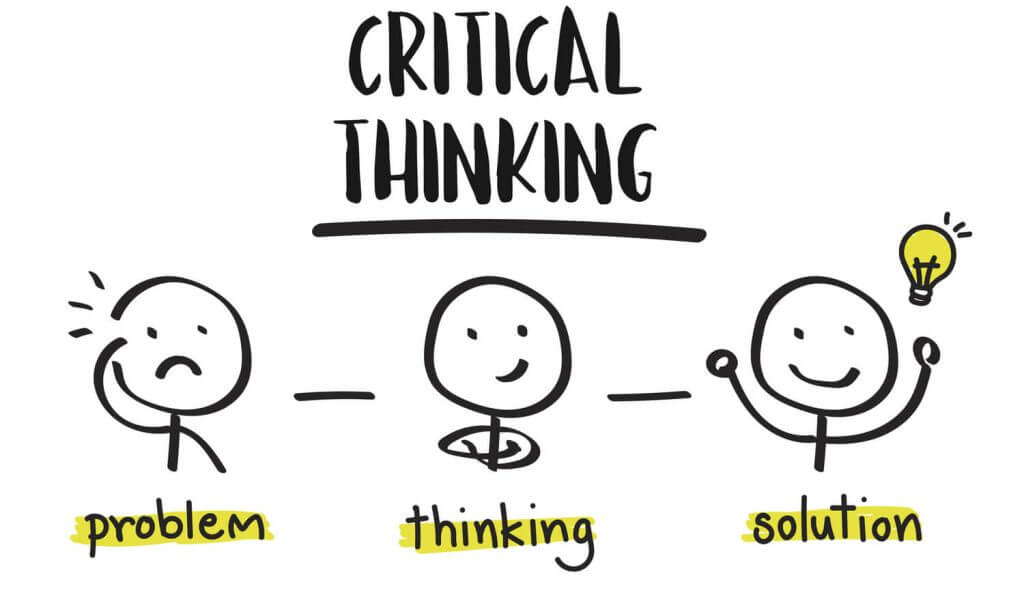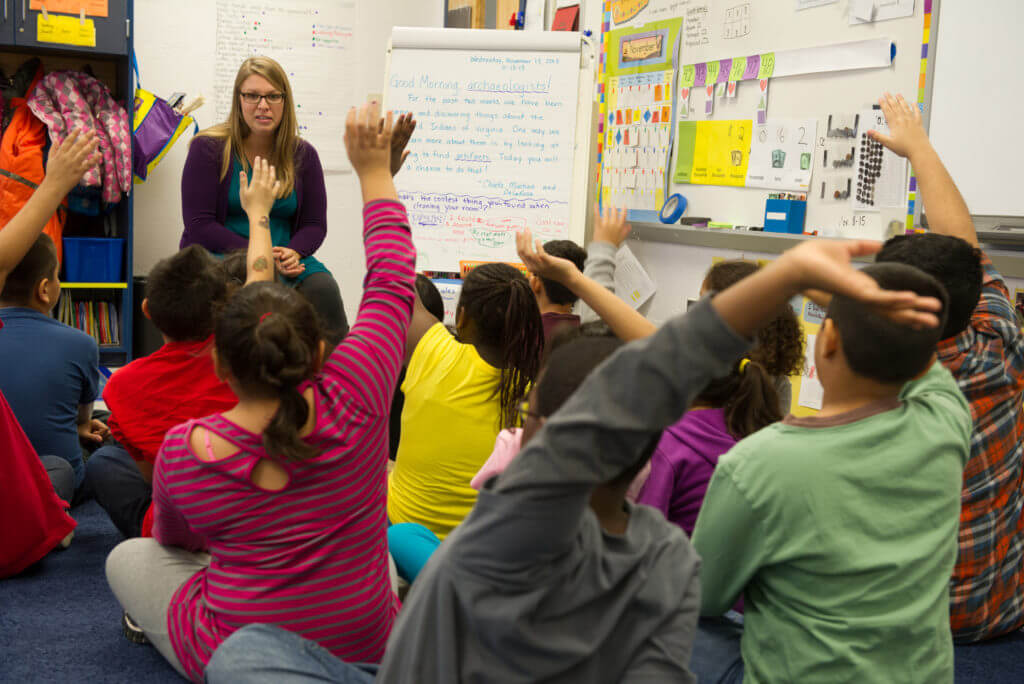The 4 C’s of lesson planning – Creativity, Critical Thinking, Communication, and Collaboration – form the essential framework for modern classroom instruction. These fundamental skills prepare students for real-world challenges while enabling teachers to design more engaging and effective lessons. Understanding how to implement these core components can transform your teaching approach and create a more dynamic learning environment.
1. How Does Creativity Drive Innovation in the Classroom? Understanding the First C of Lesson Planning

Creativity is not just about drawing pictures or making art. It’s about encouraging students to think outside the box and come up with new ideas, solutions, and approaches. Creativity is essential in helping students solve problems in unique ways, engage with content in fresh ways, and express their thoughts effectively.
How to incorporate creativity in your lessons:
- Problem-Based learning: Create scenarios where students have to apply their knowledge to solve real-world problems. For example, in a science lesson, you might ask students to design a sustainable city or come up with ways to reduce waste.
- Student-Centered projects: Let students have some autonomy in their projects. Whether it’s a research project or a presentation, giving students the freedom to explore their interests sparks creativity.
- Use of different media: Encourage students to express their ideas in various formats. This could include visual arts, digital media, role-playing, or even creating a short film.
Example activity:
Ask students to create a model or a poster that represents a concept they’ve just learned. This encourages them to think creatively and express their understanding in a unique way.
By embedding creativity into lessons, students not only develop critical thinking skills but also learn how to adapt and innovate when faced with new challenges.
Discover Related Guides: What Are 5 Components of a Good Early Learning Environment?
2. What Makes Critical Thinking Essential?

Critical thinking involves analyzing information, questioning assumptions, and forming reasoned conclusions. It helps students make informed decisions based on logic rather than emotions or surface-level understanding. In today’s world, where information is abundant, teaching students how to think critically is more important than ever.
How to encourage critical thinking:
- Open-Ended questions: In your lessons, ask questions that don’t have one simple answer. For example, instead of asking “What is the capital of France?”, you might ask, “Why do you think some countries have different forms of government?” This encourages students to think critically and express their reasoning.
- Debates and discussions: Engage students in debates where they must support their views with evidence. This encourages them to think critically about different perspectives and formulate logical arguments.
- Problem-Solving activities: Present students with challenging problems that require them to use logic and reasoning to find a solution. For example, in a math lesson, provide real-life scenarios where students must apply mathematical concepts to solve problems.
Example activity:
Give students a case study or a current event and ask them to analyze it critically. Encourage them to identify different viewpoints, weigh evidence, and form an opinion based on facts.
Critical thinking doesn’t just help students in academic settings but prepares them for life in an information-heavy world, where making informed decisions is crucial.
3. Why is Communication the Key to Effective Learning?

Effective communication is vital for success in both academic and professional environments. It involves listening attentively, speaking clearly, and writing effectively. Communication also encompasses understanding non-verbal cues and interacting with others in a respectful, thoughtful way.
How to improve communication skills in your classroom:
- Active listening activities: Encourage students to practice listening skills by having them listen to a peer’s presentation or a video and then summarize the key points.
- Presentations and public speaking: Provide students with opportunities to present their ideas to the class. This could be through oral presentations, group projects, or even storytelling sessions.
- Writing assignments: Encourage clear, structured writing by assigning essays, reports, or reflections where students must communicate their ideas in writing.
Example activity:
Organize a peer review session where students review each other’s work and provide constructive feedback. This helps improve both writing and speaking skills and promotes a culture of open communication.
By honing communication skills, students learn to express their ideas clearly, engage in meaningful conversations, and listen actively, which will help them throughout their lives.
Explore More Teaching Tips: How to Be Kind but Firm as a Teacher: A Complete Guide 2025
4. How to Build Strong Collaboration Skills: A Framework for Successful Group Learning

Collaboration is the ability to work with others toward a common goal. It’s an essential skill because, in almost every field, people need to work together to solve problems, create new ideas, and accomplish tasks. Learning how to collaborate with others – by listening, sharing ideas, and compromising – is something that will benefit students in school and beyond.
How to promote collaboration in the classroom:
- Group projects: Assign projects that require students to work together in teams. This could include research assignments, presentations, or even hands-on experiments.
- Peer learning: Encourage students to teach and learn from each other. Pairing stronger students with those who may need extra help can promote a collaborative learning environment.
- Group discussions: Set up group discussions where each student contributes an idea or opinion. This helps them learn how to work together and respect differing viewpoints.
Example activity:
Organize a group activity where students have to build something together, such as creating a model or developing a solution to a problem. The key is for them to divide tasks, communicate, and collaborate to complete the project.
Collaboration not only helps students achieve academic goals but also teaches them essential teamwork skills that will be valuable in their future careers and personal lives.
To sum up, the 4 C’s – Creativity, Critical Thinking, Communication, and Collaboration – are crucial for students’ success. By focusing on these skills in our lesson plans, we help students become more capable and prepared for the future. Let’s keep the 4 C’s in mind as we teach and empower our students to grow in these important areas.






